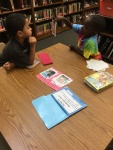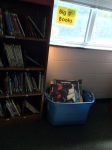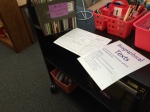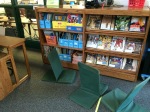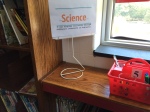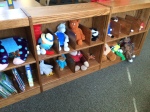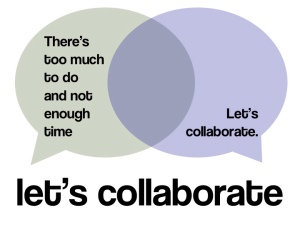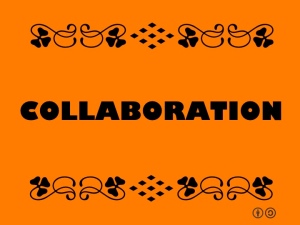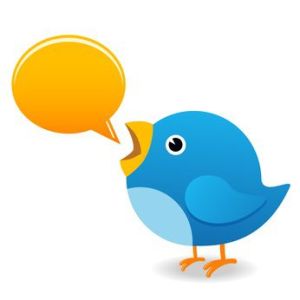As I sit here on our 4th snow day that we have been out of school since last week, I am gathering and organizing my evidence for my mid-year PDP evaluation tomorrow and year-end evaluation. This can be a stressful time of year if your sources aren’t together and organized. We have everything from emails to student samples to professional development notes. How do we keep it all organized? How do we know we are meeting every standard on our evaluation rubric? Do we even have enough evidence to reflect upon?
In the past, I have had difficulty with organization. I tend to jump on every curation and organizational tool that I have ever been introduced to as I love getting new information on how to store resources. But after a while, it got overwhelming knowing which one to use and would be the most effective. So far, I have decided to use LiveBinders.

I have found that I can add tabs for each standard that I want met. Then I add subtabs under each standard for each evidence I have that meets that standard. You can add URL links, photos and documents. So far it has been very user friendly.
These are my subtabs so far for Standard 1: School library media coordinators demonstrate leadership.

Subtabs for Standard 2: School library media coordinators build a learning environment that meets the instructional needs of a diverse population of students.

Subtabs for Standard 3: School library media coordinators implement a comprehensive 21st Century library media program.

Subtabs for Standard 4: School library media coordinators demonstrate knowledge of learners and learning and promote effective instructional practices

And subtabs for Standard 5: School library media coordinators demonstrate knowledge of learners and learning and promote effective instructional practices.

Having multiple subtabs allows me to show the items that I am using to prove that I’ve met or exceeded that standard. The standards I am referring to are:
Rubric for Evaluating North Carolina’s School Library Media Coordinators
I sincerely hope that this information will help you on your journey to become Proficient, Accomplished or Distinguished. We are all on this journey together. I would be very interested in hearing how you organize your evidence for evaluations. Please feel free to share or comment. Happy curating and organizing!

